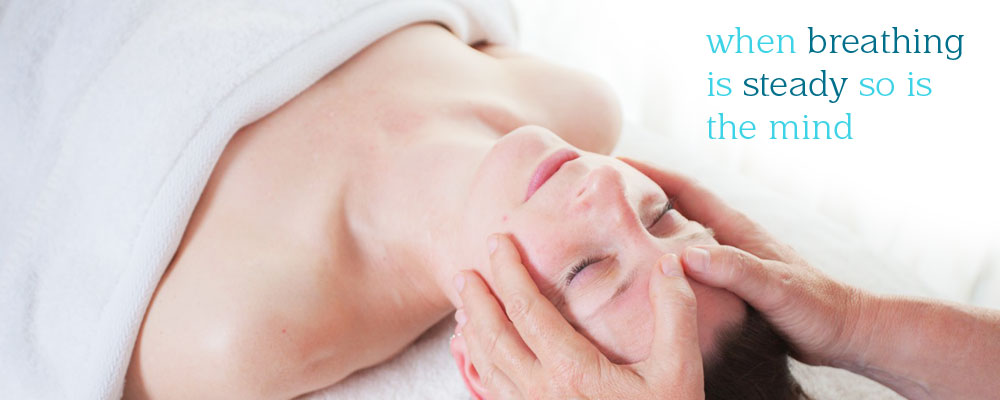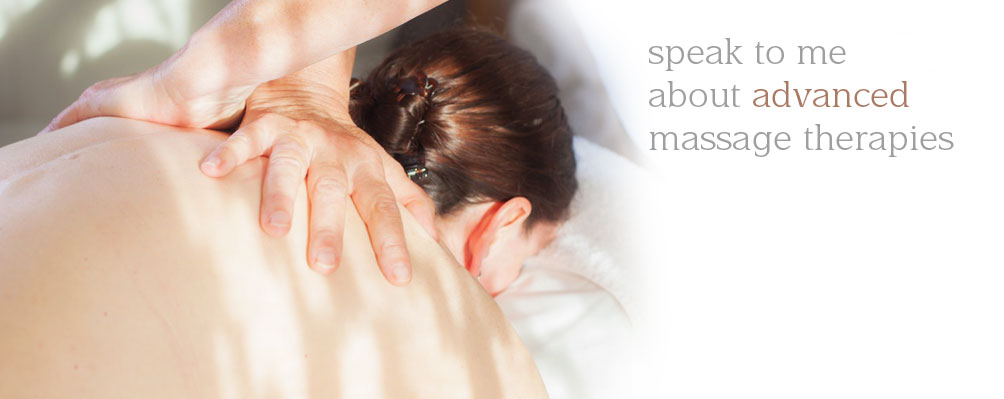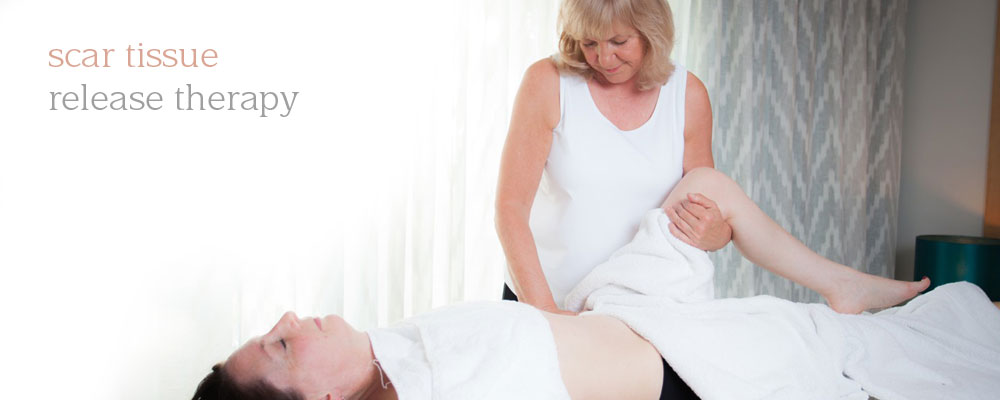I am proud to have studied at the Jing Institute of Massage in Brighton. Their approach to training is a tailored person-centred approach to each Massage Professional. They taught us to treat each of our clients with “The Biopsychosocial approach of Care”
I treat each massage patient with the attitude that “not one size fits all” and the same is very much applicable to treating patients with symptoms of Long COVID. In this article I will explore ways in which the Biopsychosocial Model of Care can be applied to treating patients including those with Long COVID.
Biopsychosocial Model of Care follows rules such as:
- Treat the individual as a whole
- The Mind and Body are not separate
- “Mind, body, spirit, and social context are indivisible and cannot be separated if we are to successfully treat pain and disease” (Taken from: Massage Fusion: The JING method for the treatment of chronic pain by Rachel Fairweather and Meghan Mari)
By gathering together as much information as I can about that individual I aim to understand how best I can help them. As a massage professional I will consider factors such as:
Biological Symptoms
- Physical health, Genetic Vulnerability or Disabilities
Medication, Immune function or Neurochemistry
Disease, Tissue Damage or Inflammation
Social Factors
- Social interactions with family, work or peers
- Education, Culture, Socioeconomic Status or Isolation
Psychological Factors
- Coping & Social skills
Mental Health, Self-esteem, Depression, Anxiety, Trauma, Emotions, Memory
Each person’s experiences of pain is influenced by their emotional and psychological state, their social circumstances, culture and beliefs. Pain is isolating, emotionally exhausting and impacts on their social relationships, daily functions and sleep.
If a client is in chronic pain this will be affecting their daily lives, effects of pain may include being unable to go out, exercise, socialise, enjoy their hobbies, walk, and so much more which may lead to social isolation, anxiety, the lack of ability to earn. Add to this, the impact Lockdown has had on daily lives throughout the COVID-19 pandemic.
Jing’s Advice on Self Care and How this Can Help Long COVID Patients
Jing acknowledges that the client plays an important role in their own recovery and safe advice on self-care can be offered. Some of these suggestions are similar to those offered to clients suffering from Myalgic encephalomyelitis or chronic fatigue syndrome (ME/CFS). All of this advice can also be applied to self-care for sufferers of Long COVID.
Self Care Advice:
- Plan activities not just for the day but for the week
Prioritise tasks
Delegate to help manage tasks
Explain to family and friends why support is needed
Explore routines which suits them the most
Keep an activity log. This may help identify triggers that lead to delayed fatigue
A log may have a positive psychological effect as it identifies improvements
Keep a confidential journal to processes emotions and record how they are feeling physically, mentally and emotionally.
For those suffering from brain fog, cognitive impairment and fatigue it requires a lot of energy to use technology, mobile phones, tablets, and computers.
Cognitive learning can be aided by Colouring-in books. Jigsaws, Board games, Puzzles
Further Self Care for Long COVID Sufferers:
For Long COVID patients suffering with breathing difficulties, brain fog or anxiety joining a choir could be highly beneficial.
Singing aids breathing and well being and there is also the opportunity for social interaction.
There are many COVID self-help groups to be found online.
There is also evidence that clients are suffering from new and long-term mental health issues due to lockdown and COVID-19. When I googled “Mental Health lockdown Covid 19” there were 56400 results for Articles on Google Scholar. When I changed that to articles published in 2022 there were 5160. There have been far reaching and diverse topics published. This identifies the extent of the impact. Further evidence indicates that it is not just the physical symptoms that should be acknowledged but the emotional too.
The content in this article is a combination of:
My own thoughts and observations
Article written by Susan Harrison BTEC L6 in CO-kinetic journal issue 89 July 2021 pages 25-32
Fairweather, S and Mari, M (2015) Massage Fusion, East Lothian, Handspring Publishing Limited





